Key Takeaways: In-the-Ear vs Behind-the-Ear Hearing Aids
| Feature | In-the-Ear (ITE) | Behind-the-Ear (BTE) |
|---|---|---|
| Design and Appearance | Compact and discreet, fits entirely in the ear canal. | Larger and more visible, rests behind the ear with a tube or wire connecting to the ear. |
| Comfort and Fit | Custom-molded for a snug fit; may cause occlusion effect for some users. | Universal fit with adjustable ear molds; generally more comfortable for extended use. |
| Suitability | Best for mild to severe hearing loss. | Suitable for mild to profound hearing loss, including severe cases. |
| Sound Quality | Positioned closer to the eardrum for natural sound delivery. | Advanced amplification technology; better at reducing feedback in noisy environments. |
| Connectivity Options | Bluetooth-enabled models available for streaming music and calls. | Bluetooth and telecoil features widely available, ideal for public spaces and devices. |
| Battery Life | Shorter battery life due to smaller batteries, though rechargeable options exist. | Longer battery life with larger batteries; many rechargeable models available. |
| Durability | Smaller size makes them less durable in rugged conditions. | Larger size accommodates more robust components, making them more durable overall. |
| Maintenance | Requires regular cleaning due to placement inside the ear canal. | Easier to clean since most components are external. |
| Visibility | Almost invisible when worn, ideal for those seeking discretion. | More noticeable but available in stylish designs and colors to blend with skin tones. |
| Price Range | Generally mid-to-high price range depending on features and customization. | Wide price range; advanced models tend to be more expensive due to additional features. |
Summary
- Choose In-the-Ear (ITE) if you prioritize discreetness, natural sound quality, and a custom fit.
- Opt for Behind-the-Ear (BTE) if you need powerful amplification, longer battery life, and advanced connectivity features.
Both styles have their unique benefits, so your choice should depend on your hearing needs, lifestyle preferences, and budget!
In-the-Ear (ITE) Hearing Aids vs. Behind-the-Ear (BTE) Hearing Aids
Hearing aids are a game-changer for people with hearing loss, offering improved communication and quality of life. If you’re exploring hearing aids, you may have come across two popular styles: In-the-Ear (ITE) and Behind-the-Ear (BTE). Both have unique features, benefits, and considerations. Let’s dive into the details to help you make an informed decision.
What Are In-the-Ear (ITE) Hearing Aids?
In-the-Ear (ITE) hearing aids are small devices custom-molded to fit snugly inside your ear. These aids sit entirely within the ear canal or the outer ear, making them discreet and comfortable for many users. Their compact design makes them a popular choice for those who prefer a more subtle hearing aid solution.
Features of ITE Hearing Aids:
- Custom Fit: Tailored to the shape of your ear for maximum comfort.
- Discreet Appearance: Almost invisible when worn.
- Sound Quality: Positioned closer to the eardrum for natural sound delivery.
Example Products:
Here are some excellent ITE hearing aids that combine functionality with style:
- Signia Intuis 3 Custom ITE Essential Hearing Aid
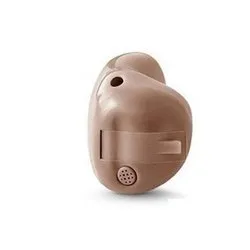
Buy Now – ₹26,990 - Signia Insio 3px ITE Primax Hearing Aid
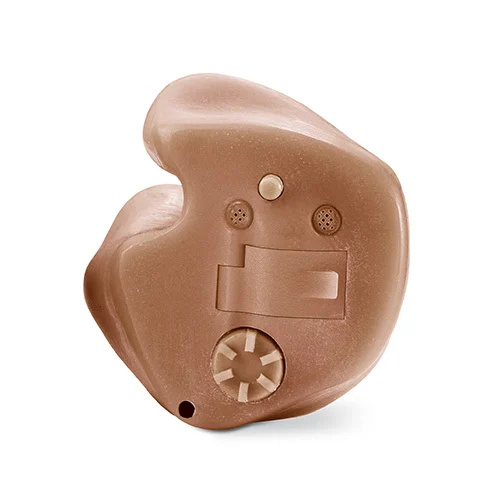
Buy Now – ₹44,990 - Signia Active Pro X ITE Xperience Hearing Aid
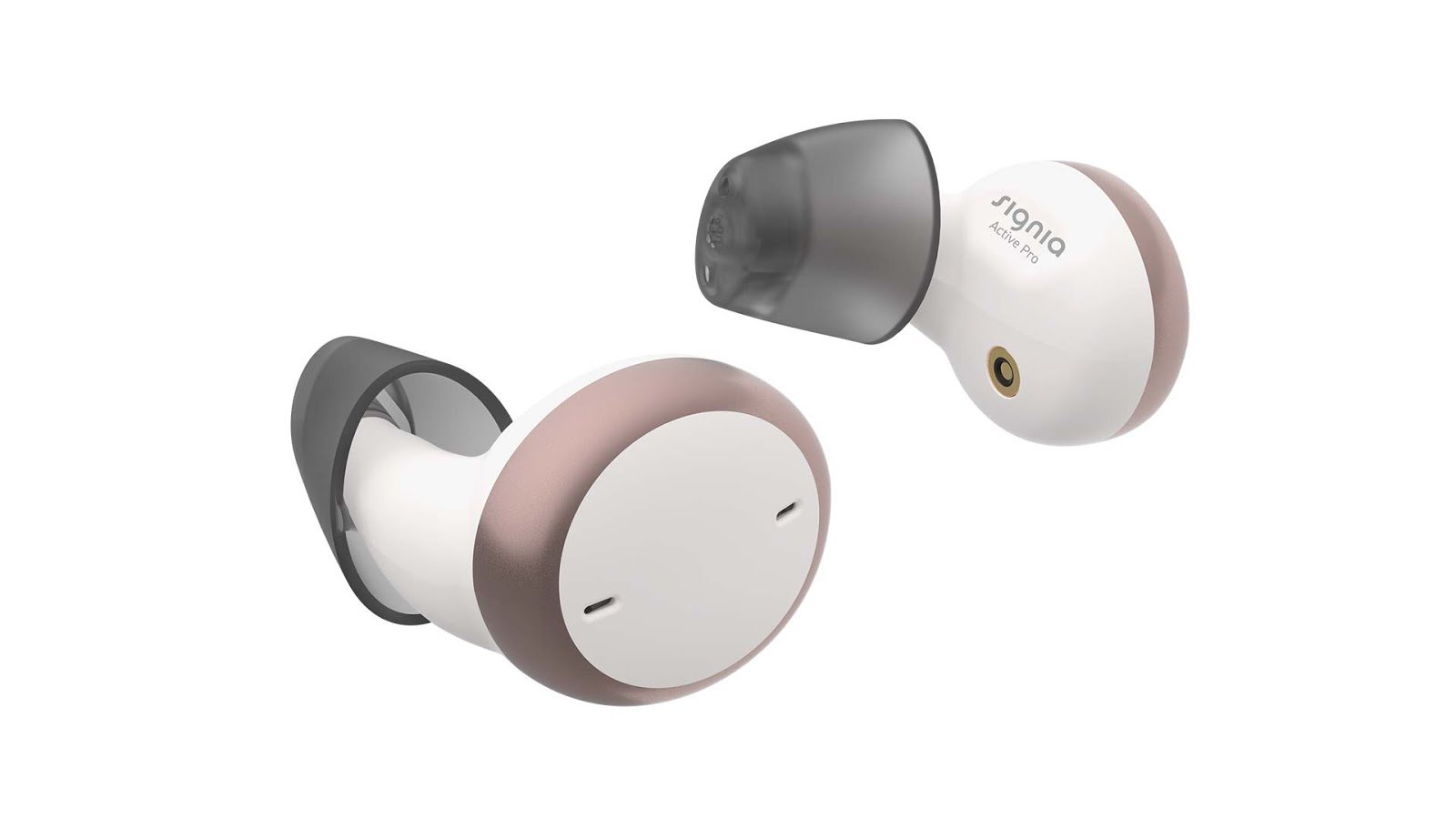
Buy Now – ₹2,99,990
What Are Behind-the-Ear (BTE) Hearing Aids?
Behind-the-Ear (BTE) hearing aids are designed to rest comfortably behind your ear. A thin tube or wire connects the device to an earmold or dome that fits inside your ear canal. These aids are slightly larger than ITE models but offer powerful amplification and advanced features.
Features of BTE Hearing Aids:
- Versatility: Suitable for all levels of hearing loss, from mild to profound.
- Durability: Larger design accommodates more robust components.
- Connectivity: Many models include Bluetooth and rechargeable options.
Key Differences Between ITE and BTE
| Feature | In-the-Ear (ITE) | Behind-the-Ear (BTE) |
|---|---|---|
| Design | Compact, fits inside the ear canal | Larger, rests behind the ear |
| Suitability | Best for mild to severe hearing loss | Suitable for mild to profound hearing loss |
| Visibility | Discreet and less noticeable | More visible but available in stylish colors |
| Battery Life | Shorter due to smaller batteries | Longer battery life |
Stay tuned as we explore more about performance, pros and cons, and how to choose the right hearing aid in the next sections!
Performance and Features Comparison
When choosing between In-the-Ear (ITE) and Behind-the-Ear (BTE) hearing aids, it’s essential to understand how they differ in terms of performance and features. Let’s break it down.
Sound Quality
The sound quality of a hearing aid depends on its design and placement. Here’s how ITE and BTE hearing aids compare:
- In-the-Ear (ITE):
ITE hearing aids are positioned closer to the eardrum, which often results in more natural sound delivery. Their custom fit helps reduce external noise interference, making them ideal for environments where clarity is crucial.
Example:
Signia Insio 7Nx ITE Hearing Aid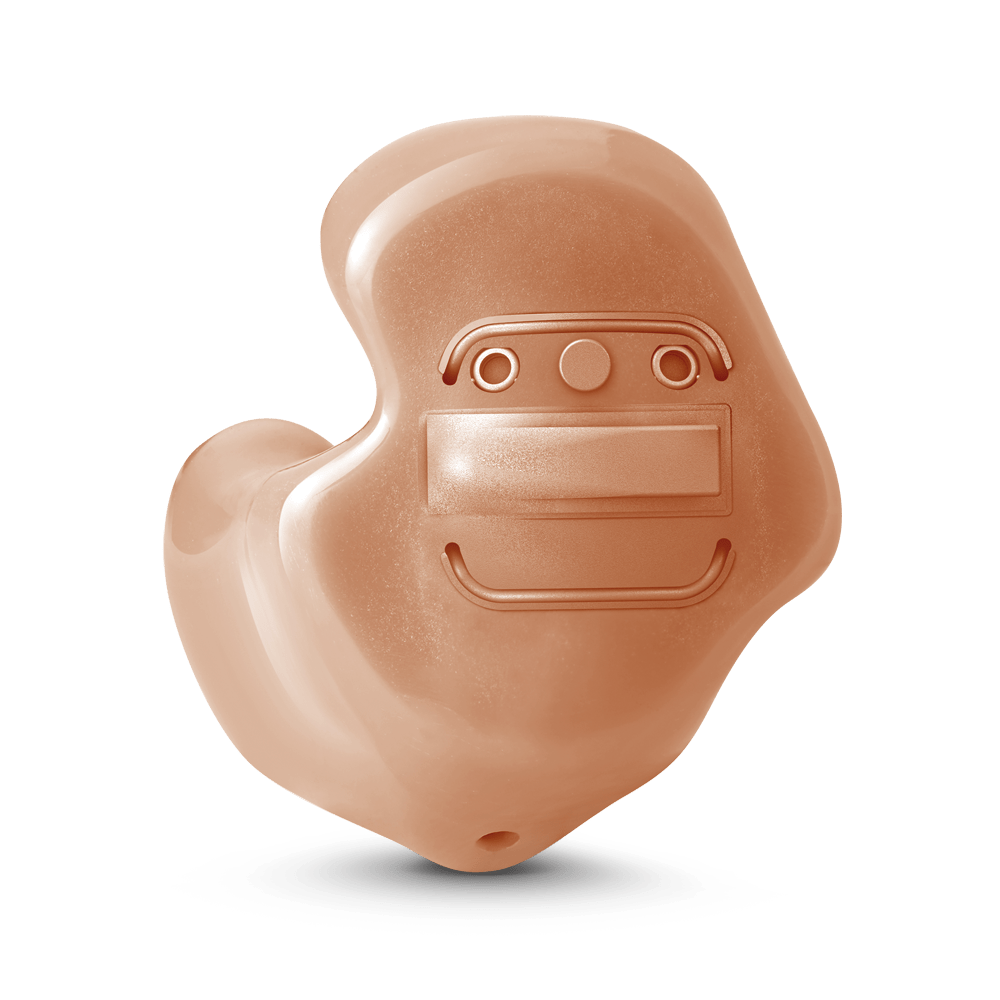
Buy Now – ₹2,99,990 - Behind-the-Ear (BTE):
BTE hearing aids are equipped with powerful amplification technology, making them suitable for severe to profound hearing loss. They also excel at minimizing feedback and distortion, even in noisy settings.
Connectivity Options
Modern hearing aids come with advanced connectivity features that enhance user experience. Both ITE and BTE models offer Bluetooth-enabled options for seamless pairing with smartphones, TVs, and other devices.
- In-the-Ear (ITE):
Many ITE models now support Bluetooth connectivity, allowing users to stream music or take calls directly through their hearing aids.
Example:
Signia Active Pro X ITE Xperience Hearing Aid
Buy Now – ₹2,99,990 - Behind-the-Ear (BTE):
BTE devices often include Bluetooth and telecoil technology for enhanced connectivity. These features are particularly beneficial for users who need assistive listening in public spaces like theaters or conference rooms.
Battery Life and Rechargeability
Battery life is a critical factor when selecting a hearing aid. While both styles offer rechargeable options, their battery performance varies due to size differences.
- In-the-Ear (ITE):
Smaller batteries mean shorter battery life for most ITE models. However, rechargeable options like the Signia Insio Charge & Go series provide convenience without frequent battery replacements.
Example:
Signia Kit Insio Charge & Go 3AX ITE Rechargeable Augmented Xperience Hearing Aid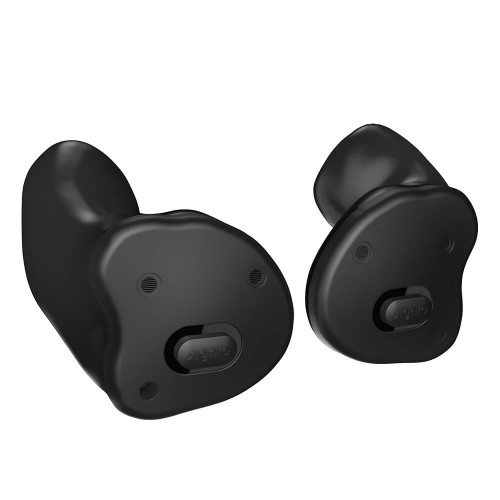
Buy Now – ₹3,19,990 - Behind-the-Ear (BTE):
Thanks to their larger size, BTE devices can accommodate bigger batteries with longer life spans. Rechargeable BTE models like the Signia Pure Charge & Go series are also widely available.
Comfort and Fit
Comfort is subjective and depends on individual preferences. Here’s how the two styles differ:
- In-the-Ear (ITE):
Custom-molded designs ensure a snug fit tailored to the user’s ear shape. However, some users may experience an occlusion effect (a feeling of fullness in the ear). - Behind-the-Ear (BTE):
BTE models are designed for universal fit with adjustable ear molds or domes. They are generally more comfortable for extended wear but may feel less secure during physical activities.
In the next section, we’ll explore the pros and cons of each type to help you decide which one suits your needs best!
Pros and Cons of In-the-Ear (ITE) and Behind-the-Ear (BTE) Hearing Aids
Understanding the advantages and disadvantages of each hearing aid style can help you decide which one is the best fit for your needs. Let’s explore the pros and cons of In-the-Ear (ITE) and Behind-the-Ear (BTE) hearing aids.
In-the-Ear (ITE) Hearing Aids
Pros:
- Discreet Design: ITE hearing aids are small and fit entirely within the ear, making them less noticeable.
- Custom Fit: These are molded to the shape of your ear, providing a snug and comfortable fit.
- Natural Sound Quality: Their placement closer to the eardrum delivers more natural sound.
Cons:
- Battery Life: Smaller batteries mean shorter battery life compared to BTE models.
- Limited Power: May not be suitable for individuals with severe-to-profound hearing loss.
- Occlusion Effect: Some users may feel a sense of fullness in their ear.
Example Product:
Signia Insio 7Nx ITE Hearing Aid
Buy Now – ₹2,99,990
Behind-the-Ear (BTE) Hearing Aids
Pros:
- Powerful Amplification: Suitable for all levels of hearing loss, including severe and profound.
- Longer Battery Life: Larger batteries last longer and are more efficient.
- Advanced Features: Many BTE models offer Bluetooth connectivity, telecoil technology, and rechargeable options.
Cons:
- Visibility: The device sits behind the ear, making it more noticeable.
- Bulkier Design: May feel less secure during physical activities.
Choosing the Right Hearing Aid for You
When deciding between ITE and BTE hearing aids, consider the following factors:
- Degree of Hearing Loss:
- ITE aids are ideal for mild to severe hearing loss.
- BTE aids can handle mild to profound hearing loss.
- Lifestyle Preferences:
- If you prefer a discreet option, go for ITE models.
- For advanced features like Bluetooth or telecoil, BTE models may be better.
- Budget Considerations:
- Compare prices to find a model that fits your budget without compromising on essential features.
- Comfort and Fit:
- Custom-molded ITE aids offer a snug fit but may cause occlusion.
- BTE aids are versatile and adjustable but may feel bulkier.
Popular Models Comparison
Here’s a quick look at some popular models to help you make an informed decision:
In-the-Ear (ITE)
- Signia Active Pro X ITE Xperience Hearing Aid

Buy Now – ₹2,99,990 - Signia Kit Insio Charge & Go 3AX ITE Rechargeable Augmented Xperience Hearing Aid

Buy Now – ₹3,19,990
Behind-the-Ear (BTE)
- Signia Pure Charge & Go 7X Rechargeable RIC Xperience Hearing Aid

Buy Now – ₹6,49,990 - Signia Styletto 3AX Slim-RIC Augmented Xperience Hearing Aid

Buy Now – ₹3,25,990
Conclusion
Both In-the-Ear (ITE) and Behind-the-Ear (BTE) hearing aids have their unique strengths. While ITE aids are compact and discreet, BTE aids offer more power and advanced features. The right choice depends on your level of hearing loss, lifestyle preferences, and budget.
If you’re still unsure which style suits you best, consult an audiologist who can guide you based on your specific needs. Remember, investing in the right hearing aid can significantly improve your quality of life!
Read More
- Baumfield, A., and H. Dillon. “Factors affecting the use and perceived benefit of ITE and BTE hearing aids.” British journal of audiology 35.4 (2001): 247-258.
- Risberg, Donna M., and Robyn M. Cox. “Comparison of in-the-ear and over-the-ear hearing aid fittings.” Journal of Speech and Hearing Disorders 51.4 (1986): 362-369.

